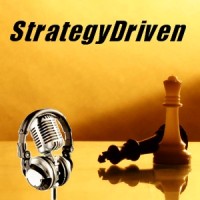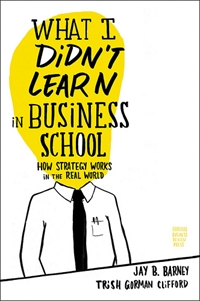The Advisor’s Corner – When Should Consultants Be Used?

We’ve brought in a number of high priced consultants to perform a business case analysis. In hind sight, it appears we could have done the same work with internal resources. Why then did we hire these costly advisors?
StrategyDriven Response:
There are many reasons for hiring consultants. One or more of these likely applied in your situation:
- The consultants brought unique insights and experiences from outside your organization; enabling them to develop and present points of view that would otherwise have not been available for consideration.
- The organization staff did not have the capacity to perform the given task. Therefore, the consultants were hired to augment the labor pool.
- The existing staff had the capacity but not the knowledge and skills to perform the work. (Note that this appears to not be a factor given the question asked but is a legitimate reason for hiring consultants.)
- The organization is reluctant to implement the recommendations made by those internal resources not viewed as being experts in a particular area. Subsequently, the consultants are brought in because of their ‘expert status’ that leaders know will enable them to move forward with a desired course of action.
The reason for engaging consultants should always be understood prior to hiring them. Clear, quantifiable expectations should be documented within the statement of work that define the value they are to bring to the organization whether that is external knowledge and experience, labor augmentation, skills augmentation, or to drive a particular perspective. The consultants must be held to the achievement of these established goals in order to ensure they have met the return on investment promised by their employment.
Final Thought…
Using consultants should always be on a temporary basis. Some organizations fall prey to hiring consultants for temporary staff augmentation only to find that these individuals remain in position for years if not decades. Such circumstances highlight an understaffing condition that should be alleviated by the typically less expensive option of hiring additional resources rather than engaging costly consultants for extended periods.
Additional Resources
StrategyDriven Contributors further highlight the benefits of using consultants in the article, Independent Assessors.

 StrategyDriven Podcasts focus on the tools and techniques executives and managers can use to improve their organization’s alignment and accountability to ultimately achieve superior results. These podcasts elaborate on the best practice and warning flag articles on the StrategyDriven website.
StrategyDriven Podcasts focus on the tools and techniques executives and managers can use to improve their organization’s alignment and accountability to ultimately achieve superior results. These podcasts elaborate on the best practice and warning flag articles on the StrategyDriven website.
 John Maxwell, author of
John Maxwell, author of 